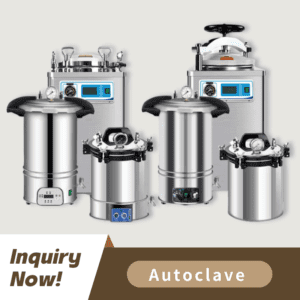
This comprehensive guide explores the specific applications of autoclaves in medical, dental, laboratory, and industrial settings. We’ll examine the unique requirements of each industry, highlight best practices, and provide expert insights to help you navigate the complex world of sterilization. Whether you’re supplying hospitals, research labs, or factories, this article will equip you with the knowledge to make informed decisions and deliver value to your clients.
Autoclaves represent an essential tool in medical and dental facilities to maintain the sterility of instruments and surgical equipment along with consumable materials. Healthcare environments require strict infection control measures to shield both patients and staff from dangerous microorganisms.
Autoclaves sterilize surgical tools such as scalpels, forceps, scissors, clamps, and other instruments before and after medical procedures.
Handpieces and all dental tools including mirrors, probes, and extraction forceps need complete sterilization between each patient.
Sterilization of bandages, gauze, and surgical drapes through proper autoclave cycles ensures their safe use in medical settings.
Medical devices that are designed for multiple uses such as endoscopes and suction tips undergo routine autoclaving procedures.
Effective sterilization requires careful removal of organic material from all instruments during the pre-cleaning phase before autoclaving.
Medical instruments receive protection from environmental contamination through autoclave pouches or cassette storage after sterilization.
Select between gravity displacement or pre-vacuum cycles based on the type of load to be autoclaved. Items that are both wrapped and porous need pre-vacuum cycles to ensure steam effectively reaches all surfaces.
Use chemical and biological indicators for each load to ensure sterilization effectiveness.
Keep comprehensive records of each cycle to satisfy regulatory requirements and ensure quality standards.
Medical and dental facilities must follow rigorous standards set both nationally and internationally. Selecting autoclaves that satisfy these standards is crucial to achieve compliance and protect patient safety.
Autoclaves provide sterilization for different laboratory materials which allows scientists to preserve experiment accuracy and protect staff members. Autoclaves serve as essential components in laboratory operations from higher education institutions to drug manufacturing companies.
Laboratories regularly use autoclaves to sterilize beakers, flasks, pipettes and metal tools as a measure to remove contaminants.
Before inoculation laboratories sterilize agar plates along with broth and other culture media.
Autoclaves ensure biological waste materials like petri dishes and microorganism-containing test tubes become safe to discard.
Selected reusable personal protective equipment items like lab coats and goggles remain safe after sterilization for repeated use.
When preparing a load for sterilization items should not be tightly packed so steam can flow through without obstruction. Laboratory bottles and flasks must remain either completely open or have loose caps for effective autoclaving.
Standard cycles work for solid items but liquids need extended cycles at reduced temperatures to avoid boiling over.
Biological indicators should be used regularly as part of a routine validation process to confirm sterilization effectiveness.
Operators need proper training to work safely with hot materials and control pressure effectively.
When laboratories use autoclaves properly they avoid contamination while enhancing scientific research reliability and reproducibility.
Autoclaves serve critical functions across multiple industrial sectors such as manufacturing and materials testing besides product development beyond their traditional use in healthcare and laboratories.
The pharmaceutical manufacturing process requires sterilizing vials, ampoules, and production equipment to maintain product safety standards.
The food and beverage sector relies on autoclaves (retorts) to achieve commercial sterility in canning, bottling and packaging procedures.
Autoclaves cure composite materials under controlled temperature and pressure in aerospace and automotive industries.
Industrial autoclaves perform vulcanization and additional heat treatments for rubber and plastics.
High-capacity autoclaves at large-scale facilities perform mass sterilization on tools, garments, and packaging materials.
Industrial processes need to run unique cycles which are specially designed to match particular material requirements and production needs.
Temperature and pressure levels along with humidity readings throughout the process are tracked using advanced sensors in combination with data logging systems.
Routine calibration and preventive maintenance serve as essential steps to maintain performance levels while preventing expensive operational stoppages.
The complexity of industrial autoclaves demands operators with extensive skills to ensure both safety and process management.
Organizations must adhere to sector-specific rules including Good Manufacturing Practice (GMP) and ISO standards that require documented validation and process control.
Patient safety remains the top priority which demands meticulous monitoring and validation processes.
Maintaining exhaustive documentation is essential for both audit processes and regulatory compliance.
Flexible programming is essential when dealing with the extensive variety of instruments and materials required for load diversity.
Experiments can become invalid through cross-contamination which makes strict loading and unloading protocols vitally important.
Certain lab materials need specialized sterilization because they react to heat or moisture exposure.
Industrial autoclaves manage bigger loads with sturdy structures to maintain uninterrupted operations.
Industrial autoclaves typically connect with automated production lines and quality management systems to ensure efficiency.
Maintaining cost control requires careful attention to energy consumption and process optimization.
For a detailed, hands-on approach to autoclave operation, see our Step-by-Step Guide: How to Use an Autoclave. For a deeper understanding of autoclave controls and settings, visit How to Operate Autoclave: Controls and Settings Explained.
The medical, laboratory, and industrial sectors each require autoclaves for their unique applications alongside distinct best practices. Medical device distributors, dealers, and procurement professionals need to understand these differences in order to offer customized solutions while supporting clients and maintaining industry standard compliance.
The appropriate autoclave selection combined with best practice implementation ensures successful sterilization and establishes dependable relationships with clients. Your customers will receive expert guidance on selecting and operating autoclaves that fulfill their particular requirements when you possess appropriate knowledge and resources.
While some autoclaves are versatile, it’s important to select models and cycles appropriate for the specific requirements of each industry to ensure safety and compliance.
Medical applications focus on patient safety and sterility, while industrial uses may involve material processing and require custom cycles, higher capacities, and integration with production systems.
Validation frequency depends on regulatory requirements, usage intensity, and manufacturer recommendations. Medical and laboratory autoclaves often require more frequent validation than industrial units.
Always follow manufacturer instructions, wear appropriate PPE, avoid overloading, and never open the chamber while pressurized or hot.
Yes. Medical, laboratory, and industrial settings each have industry-specific training standards to ensure safe and effective operation.
Explore our Step-by-Step Guide: How to Use an Autoclave und How to Operate Autoclave: Controls and Settings Explained for comprehensive resources.
Looking for expert advice, product recommendations, or a personalized quotation for autoclave equipment? Our team is here to support your business needs.
E-Mail: inquiry@shkeling.com
WhatsApp: +8618221822482
Website: https://autoclaveequipment.com/
Reach out today for tailored solutions and professional support. Empower your distribution business with industry-leading autoclave technology—Kontaktieren Sie uns now!

Die Sterilisation ist ein wesentliches Element der Infektionskontrolle sowohl in Gesundheitseinrichtungen als auch in Laborumgebungen. Die Sterilisation im Autoklaven durch Dampf erweist sich bei vielen Anwendungen als effektiv, aber suboptimal bei
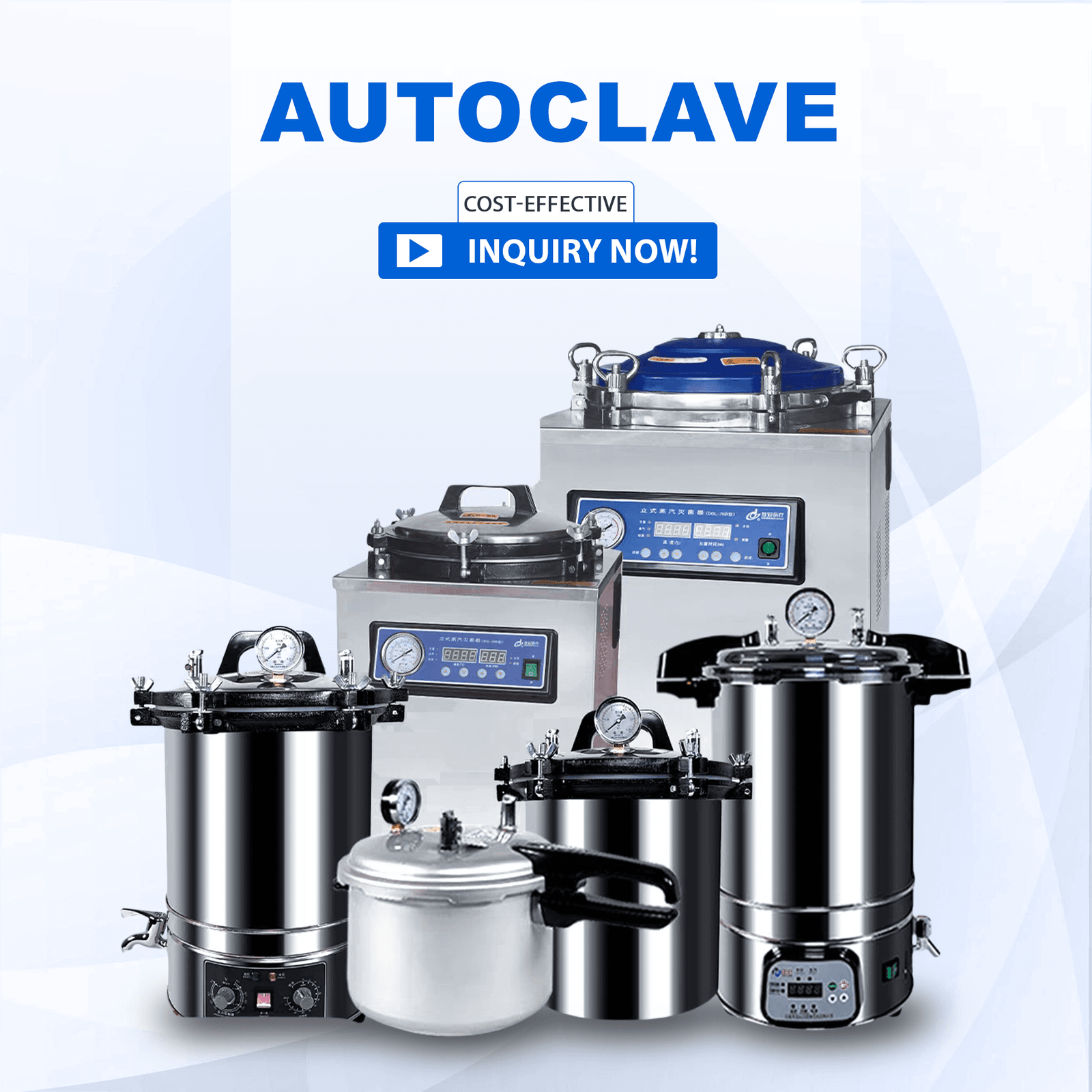
Medizinisches Fachpersonal auf der ganzen Welt vertraut auf Autoklaven als unverzichtbare Instrumente zur Gewährleistung der Sicherheit und Sterilität von medizinischen Instrumenten. Händler von Medizinprodukten und Beschaffungsspezialisten müssen die Prinzipien und Vorteile von Autoklaven verstehen

Die Fortschritte im Gesundheitswesen machen es unabdingbar, dass medizinische Instrumente jederzeit sicher und steril bleiben. Vertriebsunternehmen, Händler und Beschaffungsexperten für medizinische Geräte müssen die Sterilisationsmethoden kennen, um effektiv arbeiten zu können. Die Website
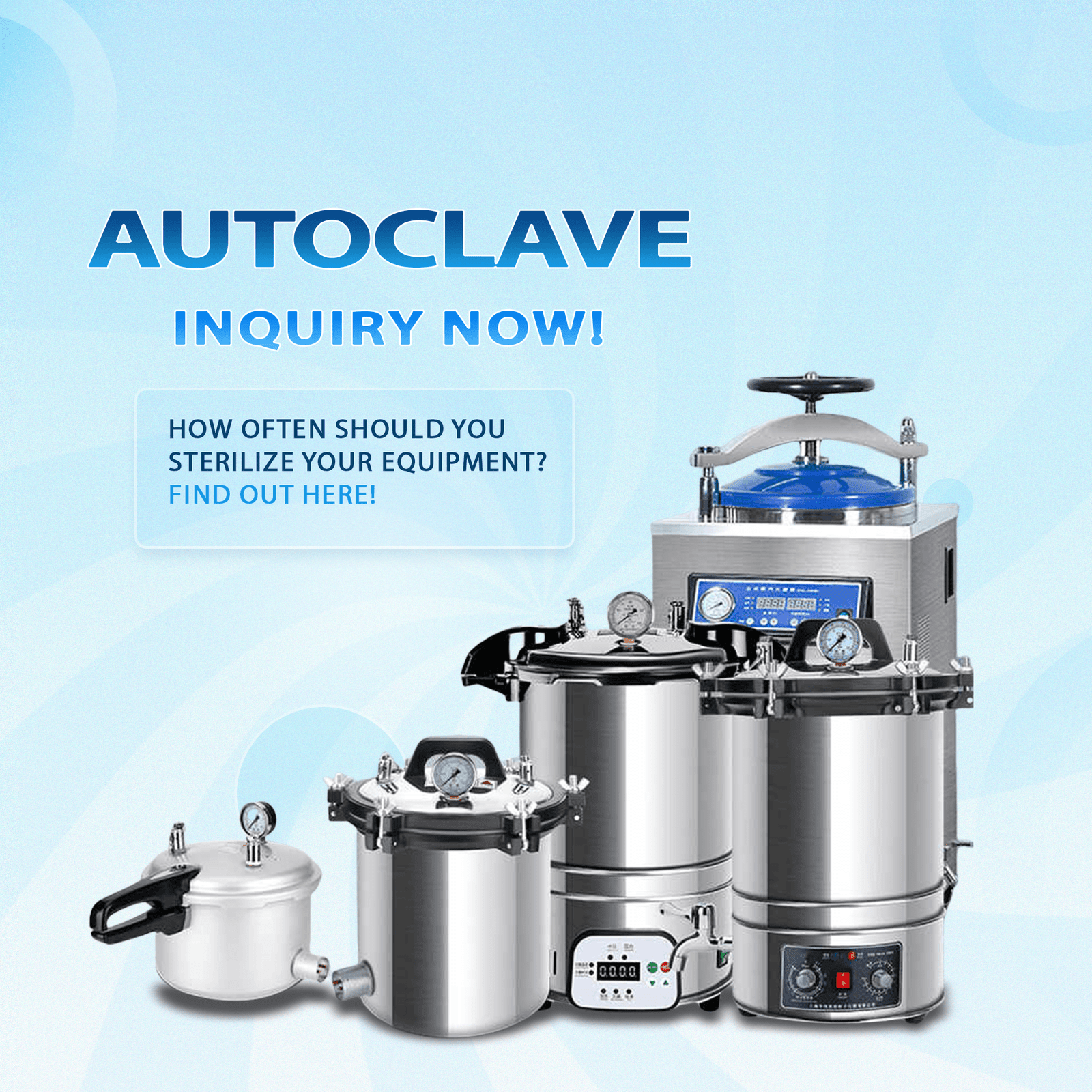
Für die Sterilisation von medizinischen Geräten und Instrumenten sind Autoklaven erforderlich, da sie die Sicherheit der Patienten schützen und die Einhaltung der gesetzlichen Vorschriften erleichtern. Auch die ausgefeiltesten Autoklavensysteme unterliegen gewissen Einschränkungen. Vertreiber von Medizinprodukten,
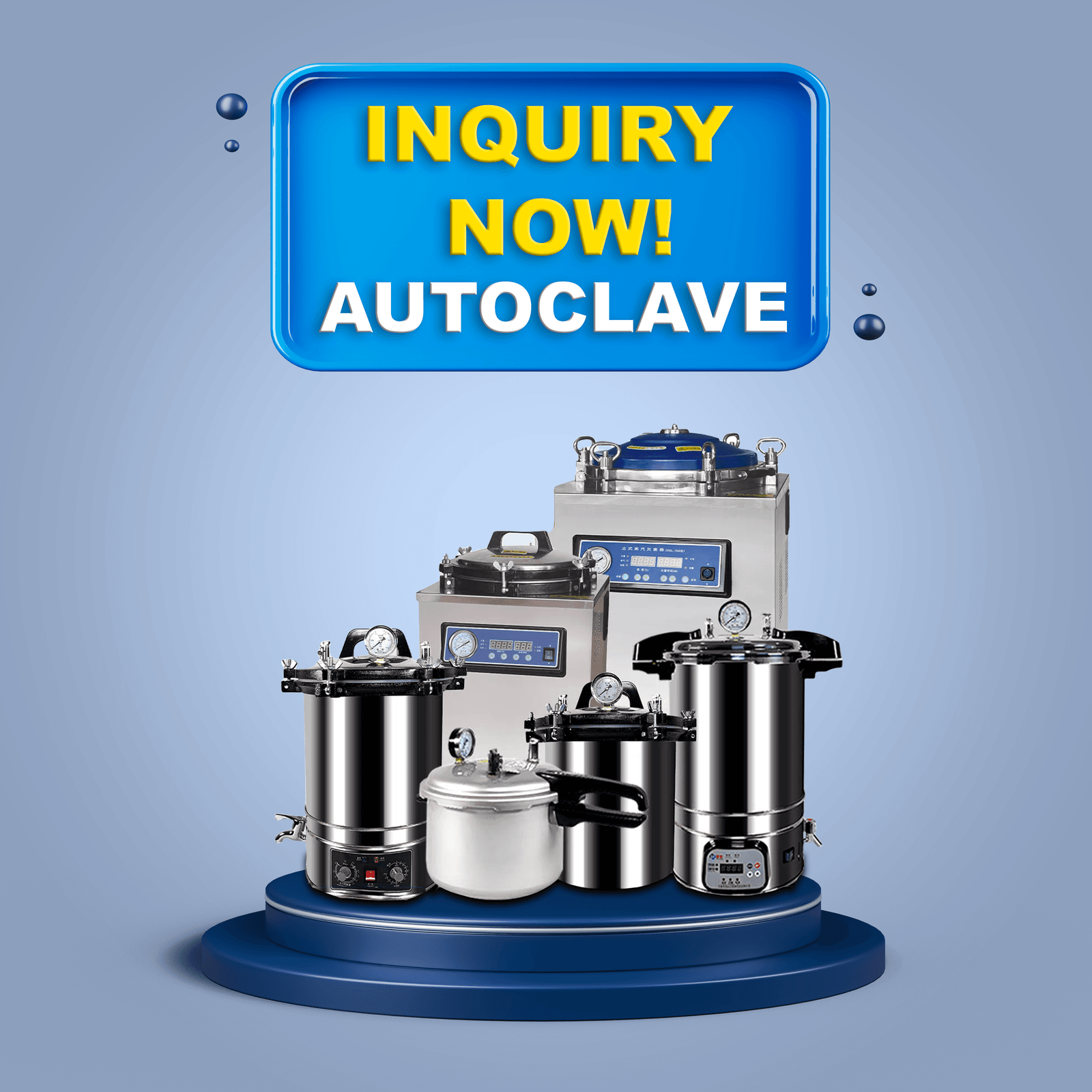
In der Herstellung von Medizinprodukten sind Autoklaven unverzichtbar, da sie eine gleichmäßige Sterilisation verschiedener Instrumente und Materialien gewährleisten. Autoklaven nutzen gesättigten Hochdruckdampf zur Ausrottung von Bakterien, Viren, Pilzen und
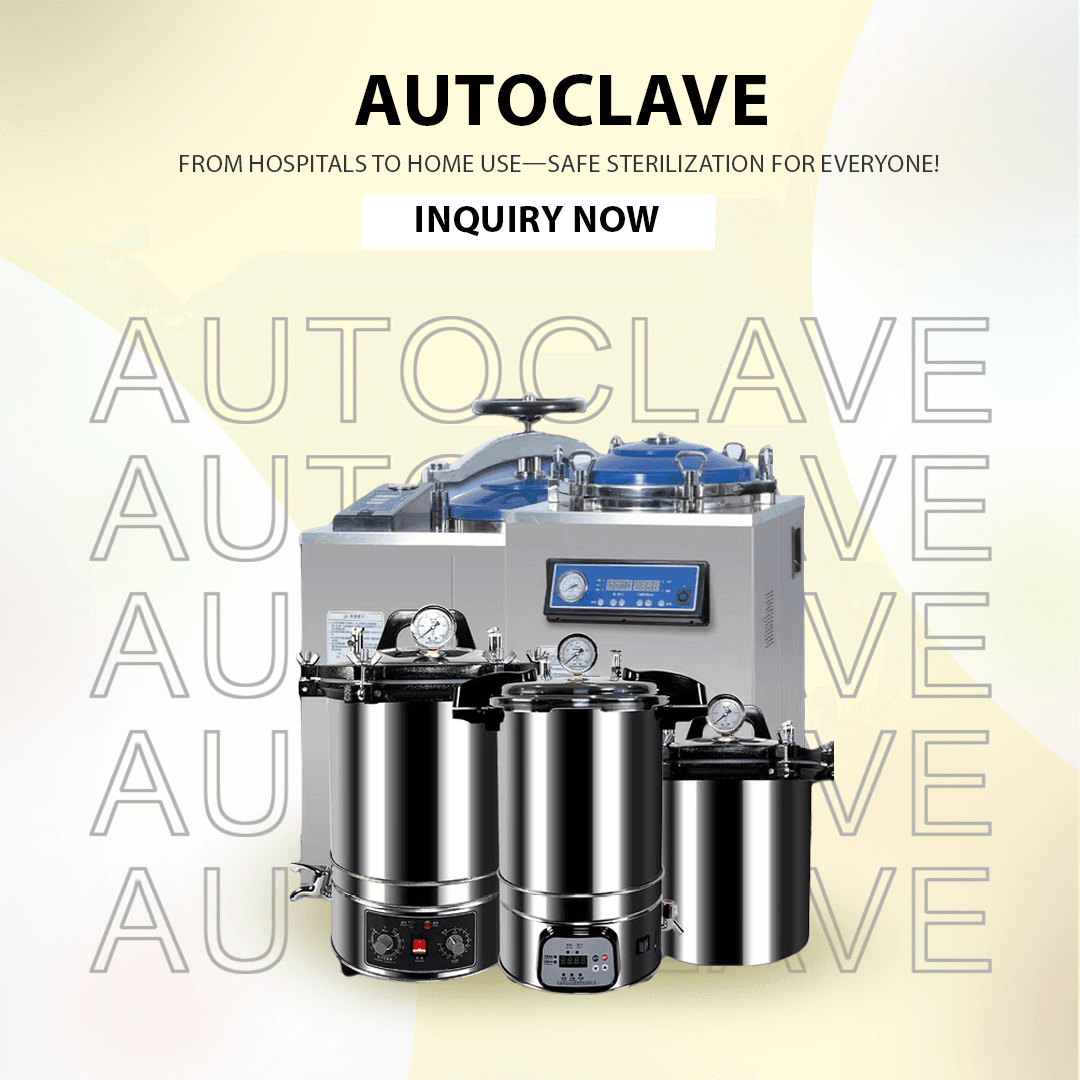
Autoklaven sind wichtige Geräte im Gesundheitswesen und in der Wissenschaft, da sie Instrumente und Materialien konsequent sterilisieren. Vertreiber von medizinischen Geräten sowie Händler und Beschaffungsexperten müssen dafür sorgen, dass Autoklaven funktionieren